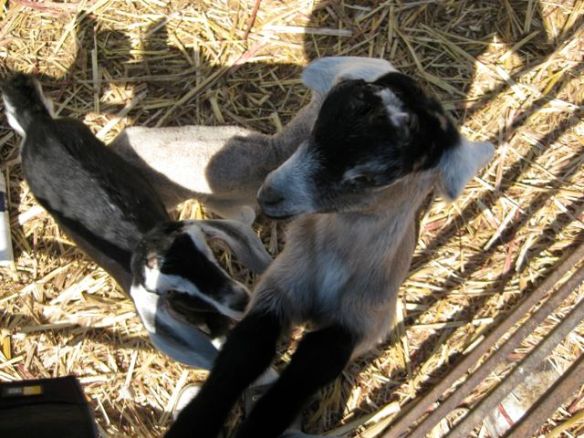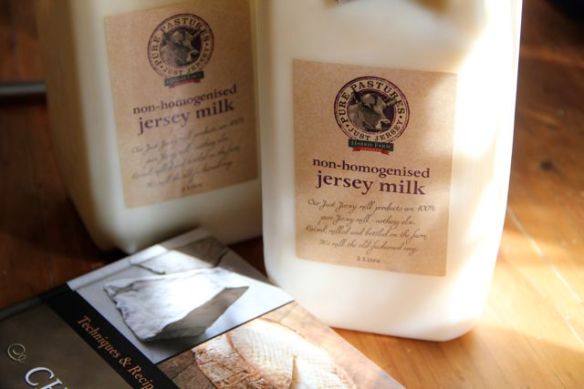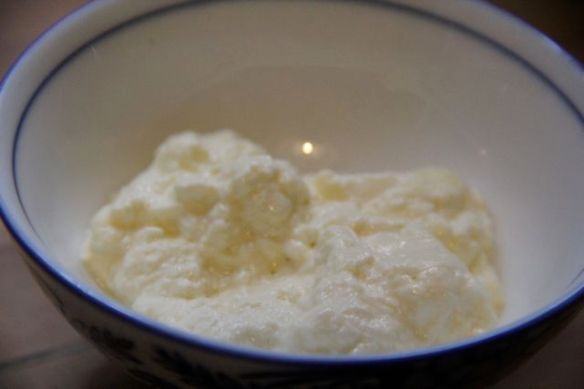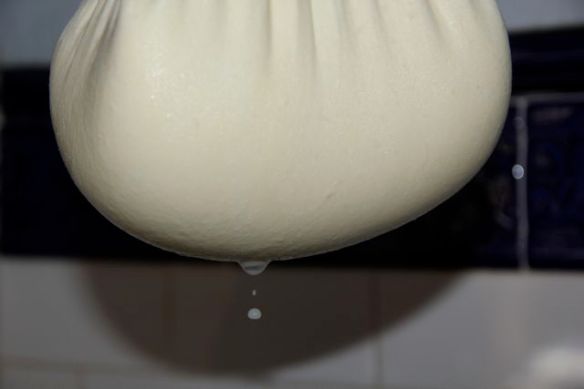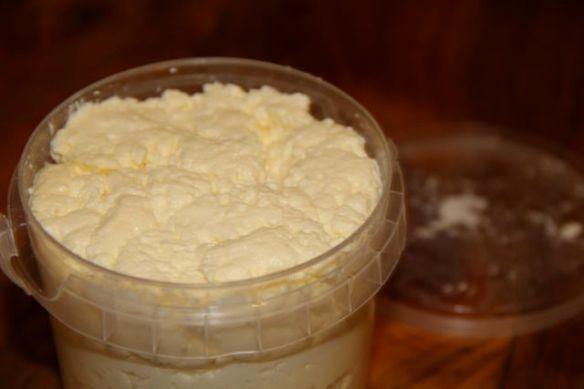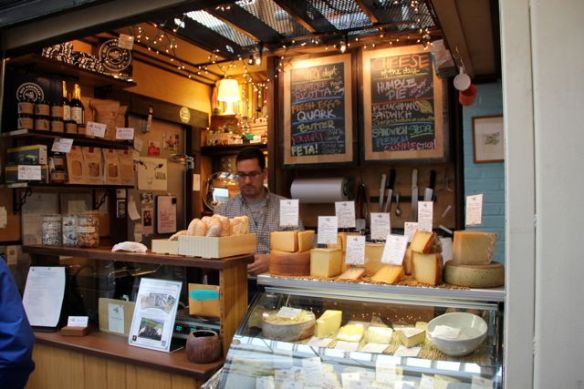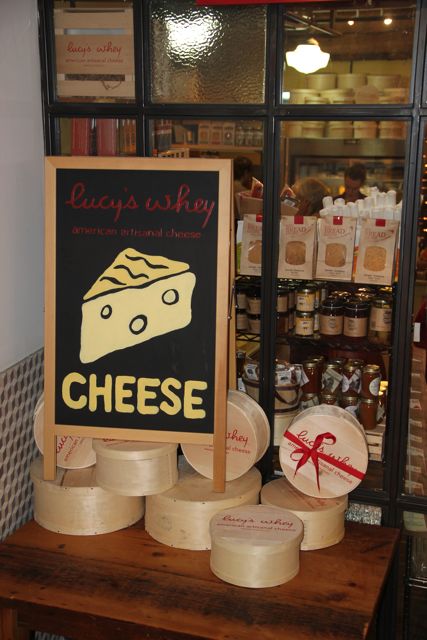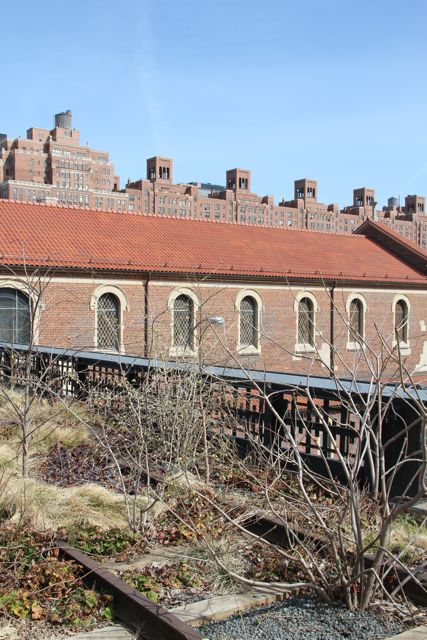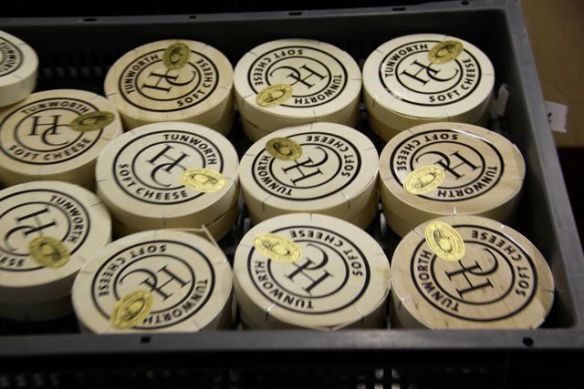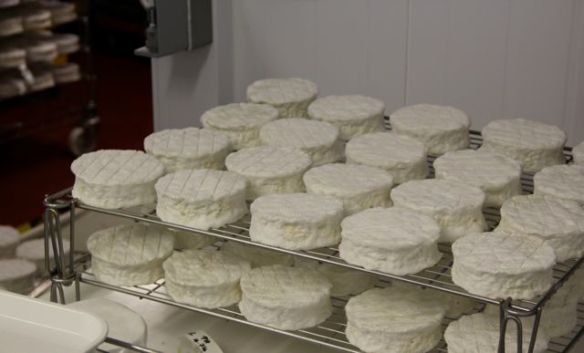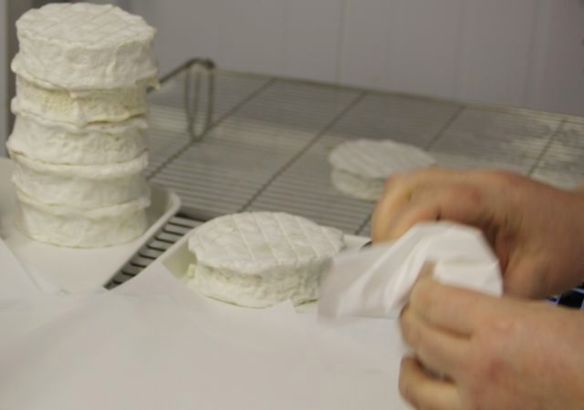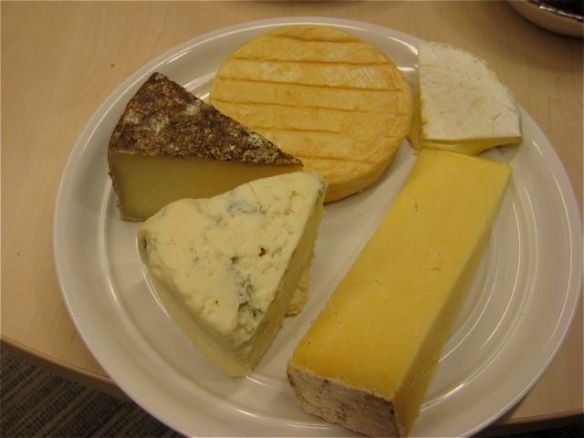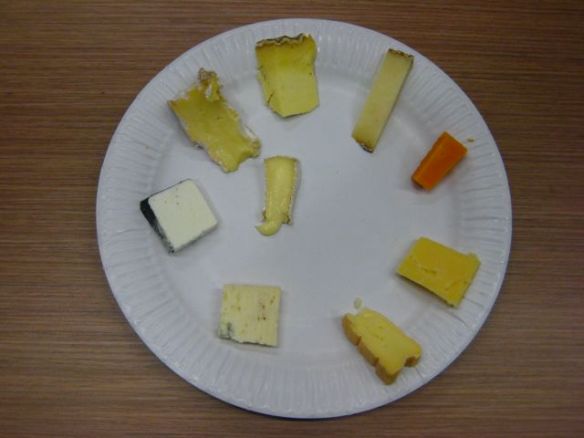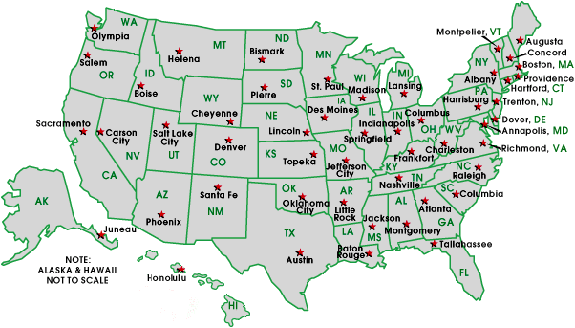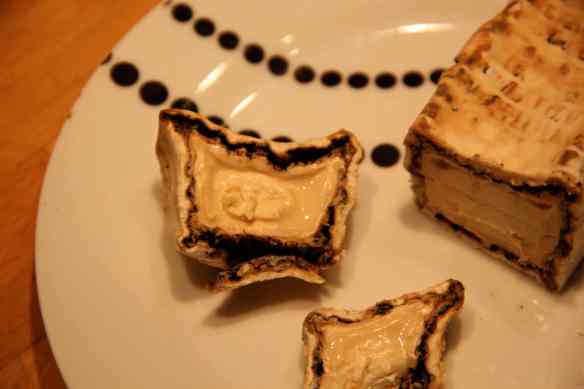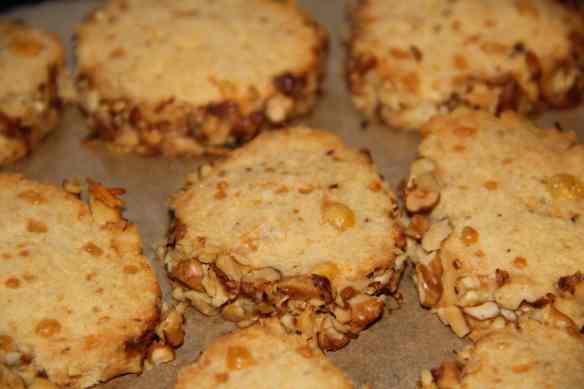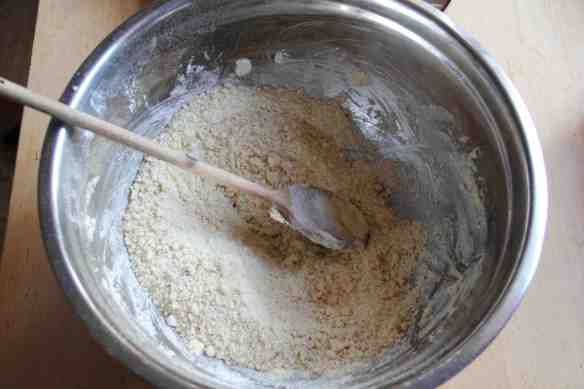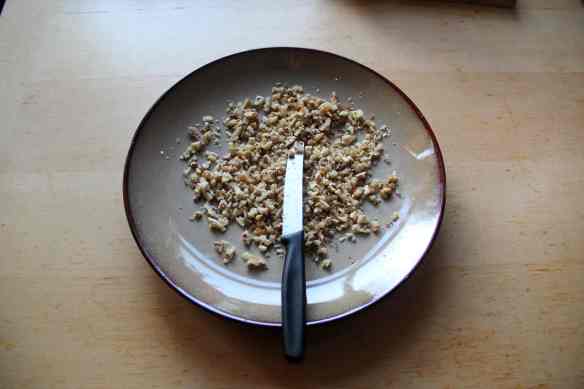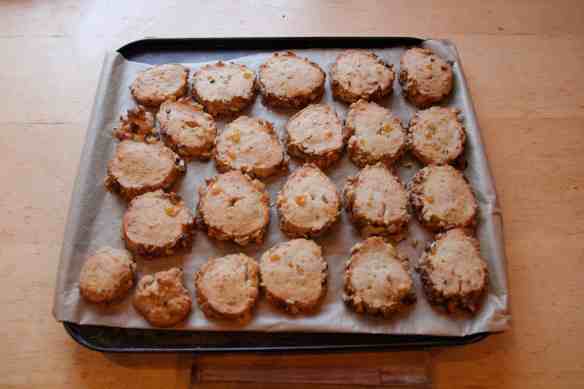Two sunny winter days in the country, making cheese with my mum, is a pretty good way to spend the weekend. Mum met Gloria, the cheese maker at Leaning Oak at the farmers markets in Orange (I think) and, a few months later, we found ourselves at her farm in Mudgee, watching a stubborn goat refuse to be caught. I should probably have put a photo of cheese here, but the stars of the visit really were the goats. It’s baby season, giving us a soundtrack of ‘baas’ to make our cheese to.
I love going to cheese workshops, you can learn so much more than from books, you can ask questions, see the different techniques that people use and work out why things have gone wrong in the past. Using fresh goats milk, we made four cheeses over the weekend: a fresh chevre-type cheese, feta, a bloomy camembert-style cheese and a blue.
Gloria, who ran the course, and her enthusiastic assistant – her 11 year old daughter – stepped us through each cheese, from milking and pasteurisation to maturing at home.
We tasted her cheeses as well. The one that really stood out for me was the lemon-marinated feta. It’s not a combination I’d had before, and the citrus hit against to the creamy, salty cheese, has inspired me to make some preserved lemons today. Once they’re ready in a few weeks, I’m going to make some more feta and see if my marination works anywhere near as well.
As she runs workshops on a monthly basis, we also got to try the blue made by last month’s students. It’s a really soft cheese, with a chalky centre that will get softer and softer over time. I’ve got mine maturing at the moment, so hopefully in about a month it will look something like the one below. The penicillin in blue cheese grows with exposure to oxygen, so to get veins into the cheese you need to stab it with a sharp and sterile metal spike. I’ve decided to leave my blue without the veins, as I really like the idea of having a bluey/grey outside and then the clean centre, but I think mum plans to put holes into hers, so hopefully I’ll be able to show and compare the results soon.

